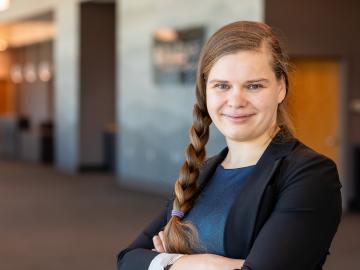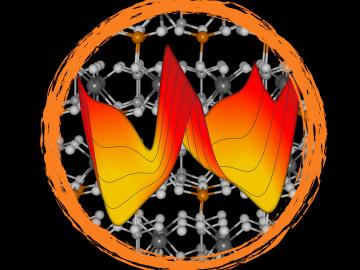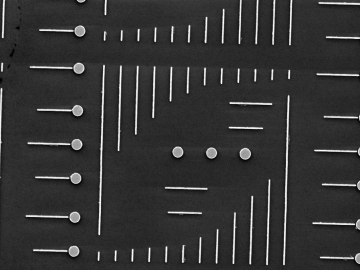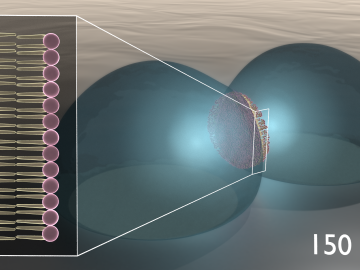Filter News
Area of Research
- (-) Materials (31)
- Advanced Manufacturing (2)
- Biological Systems (1)
- Biology and Environment (4)
- Clean Energy (39)
- Climate and Environmental Systems (1)
- Computer Science (2)
- Fusion Energy (2)
- National Security (3)
- Neutron Science (14)
- Nuclear Science and Technology (3)
- Quantum information Science (1)
- Supercomputing (23)
News Type
News Topics
- 3-D Printing/Advanced Manufacturing (3)
- Artificial Intelligence (1)
- Bioenergy (2)
- Clean Water (1)
- Composites (1)
- Computer Science (3)
- Cybersecurity (1)
- Energy Storage (2)
- Environment (4)
- Isotopes (1)
- Materials Science (7)
- Microscopy (1)
- Nanotechnology (3)
- Neutron Science (1)
- Nuclear Energy (3)
- Quantum Science (2)
- Sustainable Energy (3)
- Transportation (2)
Media Contacts

Friederike Bock, a Eugene P. Wigner Fellow, wants everyone to know scientists aren’t just robots—they want to help others understand their research, and they have wide-ranging interests.

The American Nuclear Society (ANS) has recognized two nuclear researchers, Julie G. Ezold and Yutai Katoh, both of the Department of Energy’s Oak Ridge National Laboratory, at its annual Winter Meeting and Nuclear Technology Expo, held in Washington, D.C.

Students often participate in internships and receive formal training in their chosen career fields during college, but some pursue professional development opportunities even earlier.

A scientific team from the Department of Energy’s Oak Ridge National Laboratory and Vanderbilt University has made the first experimental observation of a material phase that had been predicted but never seen.

Electrons in atoms are pretty talented. They can form chemical bonds, get kicked out of the atom and even “jump” to different locations based on their energetic states.

Researchers at the Department of Energy’s Oak Ridge National Laboratory have received five 2019 R&D 100 Awards, increasing the lab’s total to 221 since the award’s inception in 1963.

Researchers at the Department of Energy’s Oak Ridge National Laboratory, the University of Tennessee and Texas A&M University demonstrated bio-inspired devices that accelerate routes to neuromorphic, or brain-like, computing.

ORNL and The University of Toledo have entered into a memorandum of understanding for collaborative research.

Quanex Building Products has signed a non-exclusive agreement to license a method to produce insulating material from ORNL. The low-cost material can be used as an additive to increase thermal insulation performance and improve energy efficiency when applied to a variety of building products.

A modern, healthy transportation system is vital to the nation’s economic security and the American standard of living. The U.S. Department of Energy’s Oak Ridge National Laboratory (ORNL) is engaged in a broad portfolio of scientific research for improved mobility




